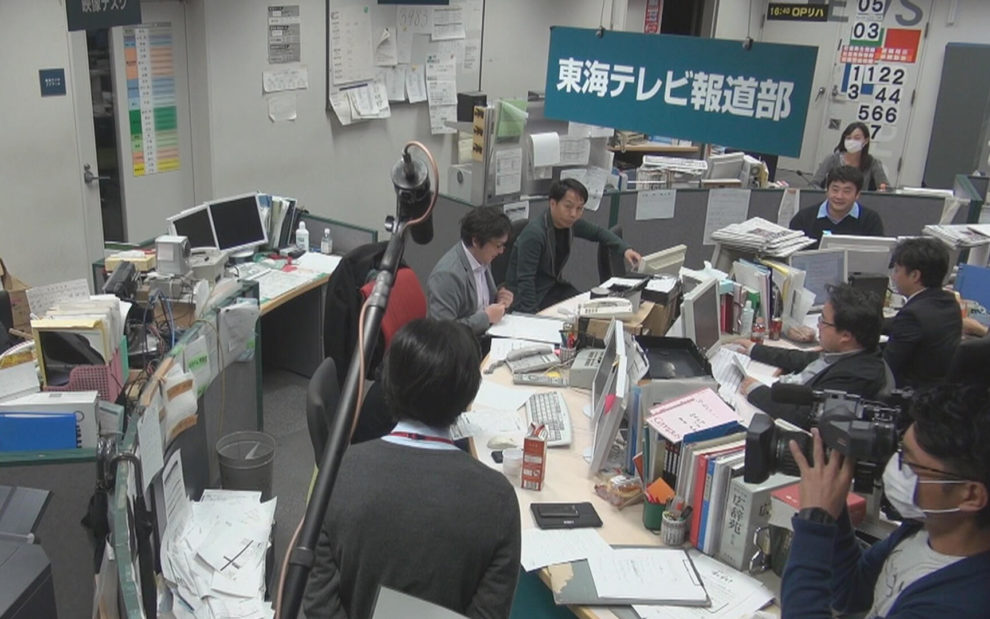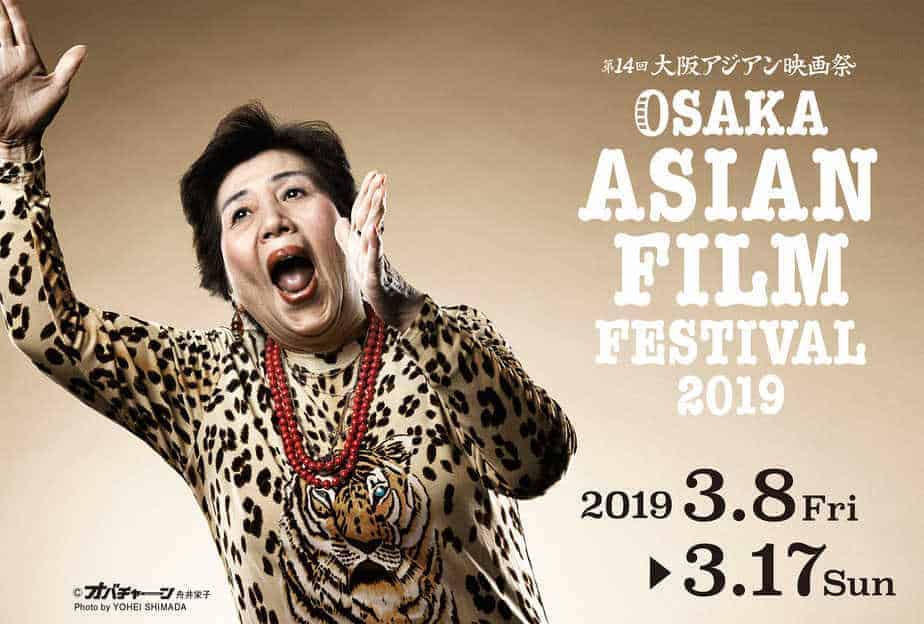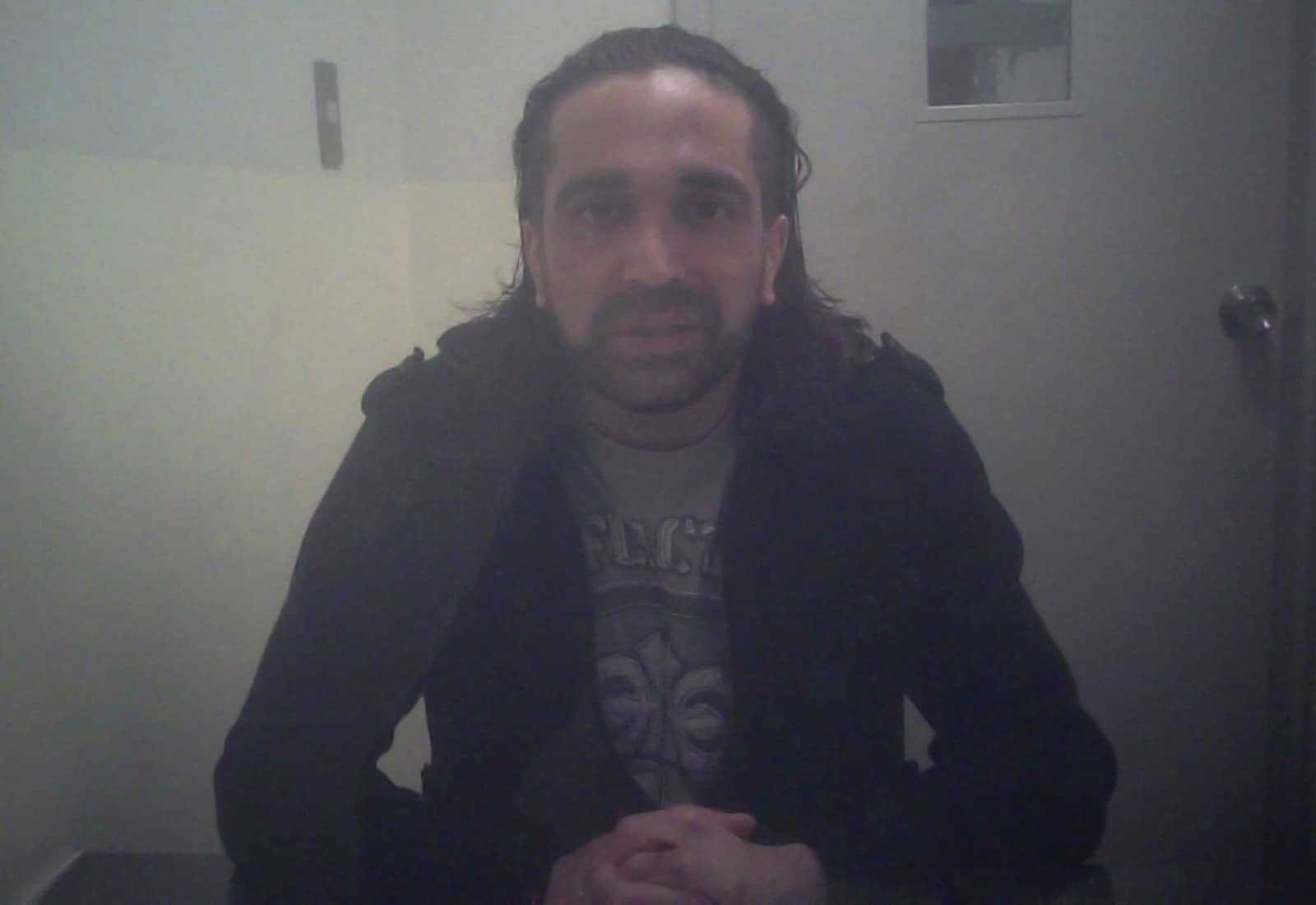TV once ruled the living room, being the main source of entertainment and news, and thus, a rather successful business. Nowadays however, TV channels and particularly their news sections struggle in the age of the internet. On the 60th anniversary of Tokai Television Broadcasting, this documentary focuses on the company's own newsroom to capture what is happening in TV now, by focusing on three of its employees: Newscaster Fukushima, newcomer Watanabe, and journalist Sawamura
“Sayonara TV” is screening at Nippon Connection

After an introduction that shows how difficult and time-consuming it was for the director to get permission to shoot and record in the newsroom, the documentary proceeds on showing the reality of the “room” nowadays, by presenting both what is going on behind the scenes and in front of the camera.
The portrait painted here is anything but ideal however, since the setting is one of constant angst, which seems to come from every direction, while gossip seems to be everywhere. The chasing of ratings and the goals of surpassing other channels is an everyday fight, with the same applying to the constant deadlines, the cuts in remuneration mostly deriving from the reduction of overtime, and the all growing advertising aspect, that seems to dominate the program more and more as time passes.
What becomes evident early is that everyone is struggling, each in his or her own way. Fukushima feels the burden of being in the front all the time, essentially being the “face” of the news section, with the two major mistakes the station has commenced (one of which involves showing the face of a man talking about issues in his work, who was not supposed to be shown), forcing him to apologize to the audience. Furthermore, since the channel has realized that the main demographic of the people watching the news from Tokai are ones of 60+ on average, are considering to replace him with an elderly newscaster, in a decision that seems quite ironic but is also indicatory of the overall climate.
Watanabe feels the pressure from the beginning, with his nervousness being quite evident and actually crippling him from doing his job properly, with his errors eventually taking a toll.
Sawamura is forced to deal almost exclusively with segments whose purpose is to appease sponsors, something that has caused his colleagues to look down on him. That in his 20 years as a journalist, he has realized where his work has led him to nowadays is an equally dramatic aspect of the documentary, which find its apogee in a scene with the director in a restaurant, where he exemplifies his thoughts on the profession. That journalism cannot actually make a change but journalists need to think it does in order to research and report the news in the best way possible is one of the most interesting comments, as much as the fact that the search for truth is not the main goal anymore. The new law that was to be voted at the time, about the authorities being able to prosecute people for planning a terrorist act, and particularly the details of what is considered planning and what terrorist act is also discussed intently here, with Sawamura considering the law the end of the media. His tiredness and disillusionment are palpable in this sequence, essentially in the most impactful scene in the movie.
Hijikata's approach to his theme is quite interesting, with the microphones placed throughout the newsroom picking various discussions, and his camera capturing the atmosphere with realism and precision, despite the fact that no fighting or yelling is depicted on screen, although mentioned in the aforementioned restaurant scene. The many personal interviews with the three “protagonists” add a more personal note in the film, while highlighting aspects that are not visible through the shooting in the newsroom. This approach, which shows much of the truth but not the whole, is evident throughout the film, as in the case of the inclusion of the somewhat offensive denial of the employees to be recorded in the beginning, but the omitting of the reasons they changed their minds.
Despite some shortcomings that probably derive from the fact that the film was commissioned by Tokai Television, the presentation of the situation of the news sector of TV channels is quite enlightening, in a title that is both entertaining and educational at the same time.















